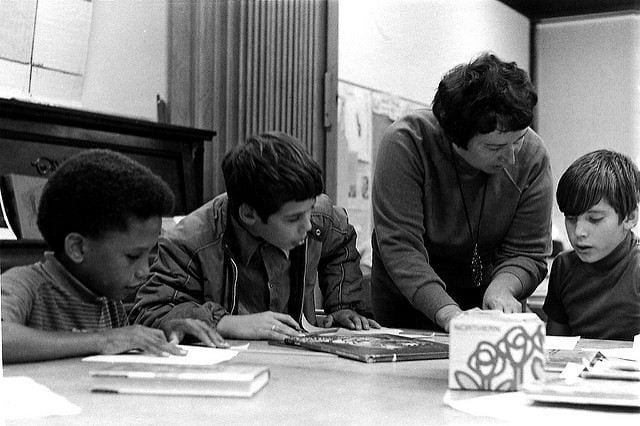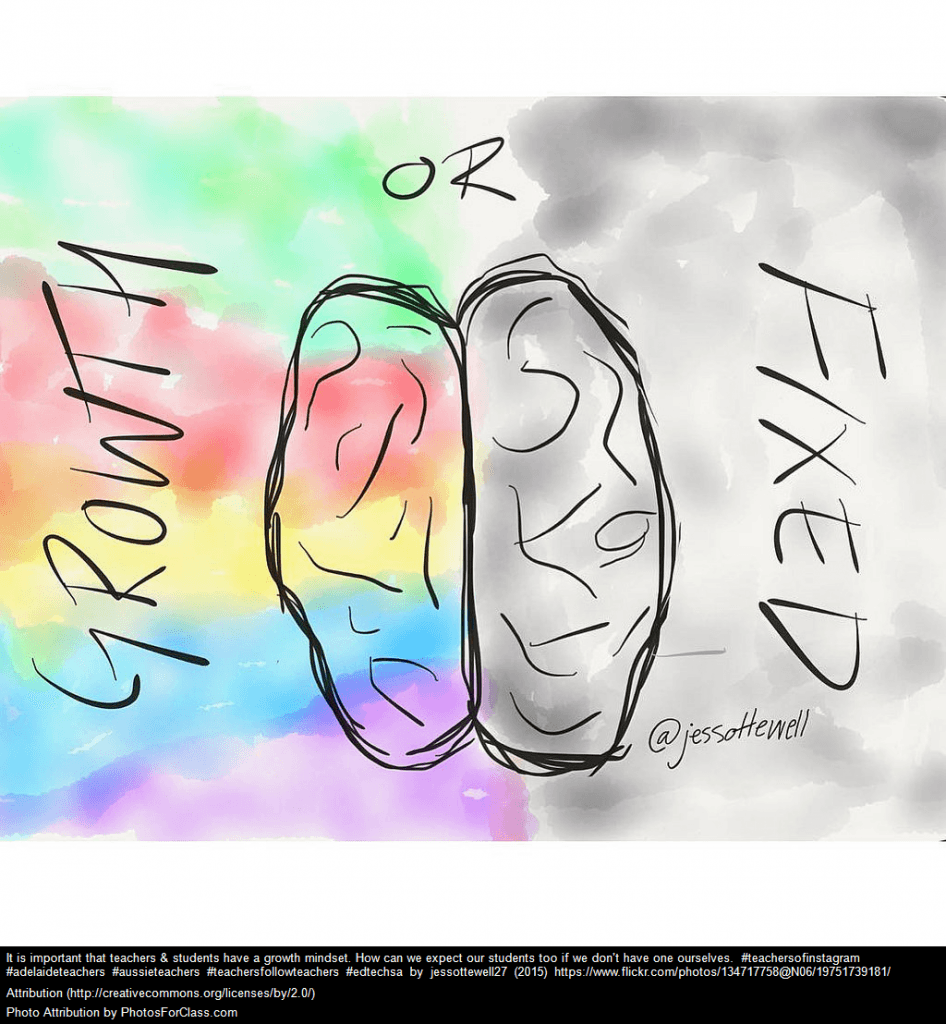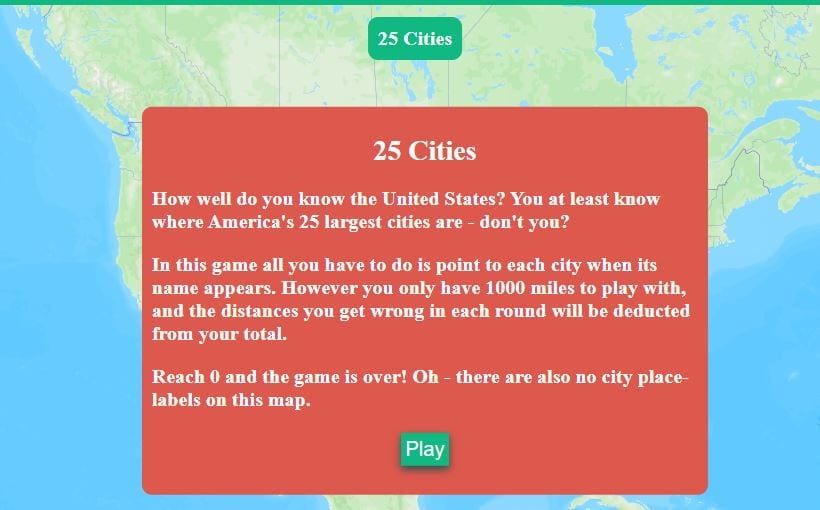Even before the explosion of generative AI, technology had already found its way into traditional face-to-face and distance learning classrooms. No longer are we bound only to text, but we can now bring in software and media such as videos, audio, and images to enhance learning. No longer must distance learning be asynchronous, we can now have learners conversing with others synchronously online. On top of this, the rise of MOOCs (Massive Open Online Courses) have also broken-down walls and created access to institutional and organizational resources with ample opportunities for self-directed learning and growth. With the pandemic, the adoption of digital technologies has accelerated (Mckinsey, 2020). Educators rose to the challenge and successfully leveraged technology to keep their lessons online, and many of us have continued using technology to sustain our students’ attention and engage them as we return to the classrooms. These digital natives (Prensky, 2001) are able to multitask and think in parallels with constant exposure to multimedia. So it is important that we focus on higher-level thinking skills instead of route memory, learner-constructed knowledge and static knowledge from limited authoritative sources, and instead consider collaboration on authentic projects (International Society for Technology in education, 2008). Our students have changed and so have we.
But what’s next for us? With the rise of ChatGPT and other generative AI tools like Gemini by Google, Ernie Bot by Baidu, and even Copilot in Microsoft365, what does this mean for us as educators? It seems that we can no longer ignore its existence when we teach, especially when more people are dabbling with AI across industries, job functions, and work locations (Mckinsey, 2023b). The prediction that automation technologies would have a larger impact on more-educated workers (Mckinsey, 2023a) is a somber reminder that we need to prepare our students and ourselves for the future.
I believe that we can start by taking baby steps and exploring the potential of generative AI for both us and other stakeholders in education. For educators, it can be helpful in generating content such as lesson plans and learning materials and even provide pedagogical advice. Imagine how it can help new instructors as they navigate this challenging world of teaching. Generative AI could potentially aid them as they ideate and learn more about classroom management. For experienced instructors who want to enhance their content using media, they could use generative AI to come up with storyboards, create videos, and make visually appealing presentations to engage their students. But of course, educators need to decide what works best for their context and consider AI-created content as a starting point to create more appropriate and effective materials. For example, they could use AI to brainstorm and create a range of questions for assessments at different levels and for different purposes. AI can even automate some grading processes. It can assist and provide immediate feedback or track student progress so educators can identify at-risk students for quick tutor intervention (Baidoo-Anu & Ansah, 2023; Grassini, 2023; Lo, 2023; Zhai, 2022).
For students, generative AI could act as a virtual tutor to answer questions, summarize information, check conceptual understanding, and even assist in drafting. It could provide not only interactive and ongoing feedback but can also provide personalized learning and even adapt teaching methods based on their progress and performance (Baidoo-Anu & Ansah, 2023; Grassini, 2023; Lo, 2023; Zhai, 2022).
For administrators, there are tasks that generative AI could possibly assist in so it can free up time for other pressing issues. For example, it could assist in the enrollment and registration process, aid in student record management, deal with course scheduling, and even lend a hand in determining financial aid eligibility (Zhai, 2022).
The argument here is that we can use generative AI to assist and augment the way we work so we can be even more creative and innovative. In the same vein, our students have to learn that generative AI should not replace their work, but it can create outputs that can enhance their critical thinking and creativity. The focus should be on using these tools to elevate the quality of their work. Students need to be aware of what AI can do and what its limitations are; limitations such as inaccuracies and biases in the outputs, the lack of contextual understanding, the inability to fully replicate human interaction (e.g. empathy, motivation), and the important issues of ownership and plagiarism. Though I write this now, I acknowledge that AI is progressing quickly with ChatGPT4 expanding its knowledge base. It is enhancing its language understanding and even provides multilingual support. ChatGPT4 has even integrated image usage generation abilities which makes it easier for users to generate images. With more tech startups and an emphasis on large tech companies, the prevalence of generative AI will become more pronounced. So, how can we prepare our students?
Critical thinking
Questioning the software
Students should consider how they question the software to obtain relevant and well-rounded information. This requires a clear understanding of what they know, what they want to find out, and what terms to use to narrow down the findings.
Verifying outputs
Students should question the credibility and reliability of outputs by doing a “reverse-search” (Halaweh, 2023) to identify the primary sources and references before evaluating its suitability. They should also understand biases and limitations of the training data before forming their opinions.
Evaluating outputs
Students need to critically analyze outputs and consider the various viewpoints and information presented before deciding if they agree with what is presented.
Creativity
Gaps and opportunities
Higher order thinking skills beyond the capabilities of AI should be emphasized. AI tools can be used to quickly generate ideas, but users must evaluate it and consider how to build upon it to strengthen, adapt, or enhance their work. AI tools can also be used to summarize what is known to allow the user to identify gaps and opportunities for creation and innovation.
Awareness of legal implications/ownership
There needs to be keen awareness of the issues of intellectual property and ownership. What are the terms and conditions surrounding the use of the outputs generated from these tools and what legal consequences are there? Are there regulatory guidelines that one needs to comply with which can include when those outputs can be used? Do users need to declare the use of tools? But more importantly, when do the outputs truly belong to the user? These are considerations that students should be made aware of when they use AI tools.
All in all, I am hopeful that AI will spur human development and growth, and we can prepare ourselves and our students for a future with AI.
Aileen Wanli Lam is a senior lecturer and technology enthusiast at the National University of Singapore. She is fascinated by education technology and has developed online and blended courses including an edX MOOC titled, “Intercultural communication at work – Land the job and do it well”. She has won multiple teaching awards and enjoys conversations about the latest industry developments, professional communications, student engagement and educational leadership.
References
Baidoo-Anu, D., & Ansah, L. O. (2023). Education in the era of generative artificial intelligence (AI): Understanding the potential benefits of ChatGPT in promoting teaching and learning. Journal of AI, 7(1), 52-62.
Grassini, S. (2023). Shaping the future of education: exploring the potential and consequences of AI and ChatGPT in educational settings. Education Sciences, 13(7), 692.
Halaweh, M. (2023). ChatGPT in education: Strategies for responsible implementation. Contemporary Educational Technology, 15(2), ep421. https://doi.org/10.30935/cedtech/13036
International Society for Technology in Education. (2008). National educational technology standards for teachers: Preparing teachers to use technology. ISTE.
Lo, C. K. (2023). What is the impact of ChatGPT on education? A rapid review of the literature. Education Sciences, 13(4), 410.
Mckinsey (2020, October 5). How COVID-19 has pushed companies over the technology tipping point—and transformed business forever. https://www.mckinsey.com/capabilities/strategy-and-corporate-finance/our-insights/how-covid-19-has-pushed-companies-over-the-technology-tipping-point-and-transformed-business-forever
Mckinsey (2023a, June 14). The economic potential of generative AI: The next productivity frontier. https://www.mckinsey.com/capabilities/mckinsey-digital/our-insights/the-economic-potential-of-generative-ai-the-next-productivity-frontier#business-value
Mckinsey (2023b, August 1). The state of AI in 2023: Generative AI’s breakout year. https://www.mckinsey.com/capabilities/quantumblack/our-insights/the-state-of-ai-in-2023-generative-ais-breakout-year
Prensky, M. (2001). Digital natives, digital immigrants part 2: Do they really think differently?. On the horizon, 9(6), 1-6.
Zhai, Xiaoming. “ChatGPT user experience: Implications for education.” Available at SSRN 4312418 (2022).
The post Embracing AI in Education appeared first on Faculty Focus | Higher Ed Teaching & Learning.
Even before the explosion of generative AI, technology had already found its way into traditional face-to-face and distance learning classrooms. No longer are we bound only to text, but we can now bring in software and media such as videos, audio, and images to enhance learning. No longer must distance learning be asynchronous, we can
The post Embracing AI in Education appeared first on Faculty Focus | Higher Ed Teaching & Learning. Teaching with Technology, AI in higher education, AI in the classroom, artificial intelligence Faculty Focus | Higher Ed Teaching & Learning







